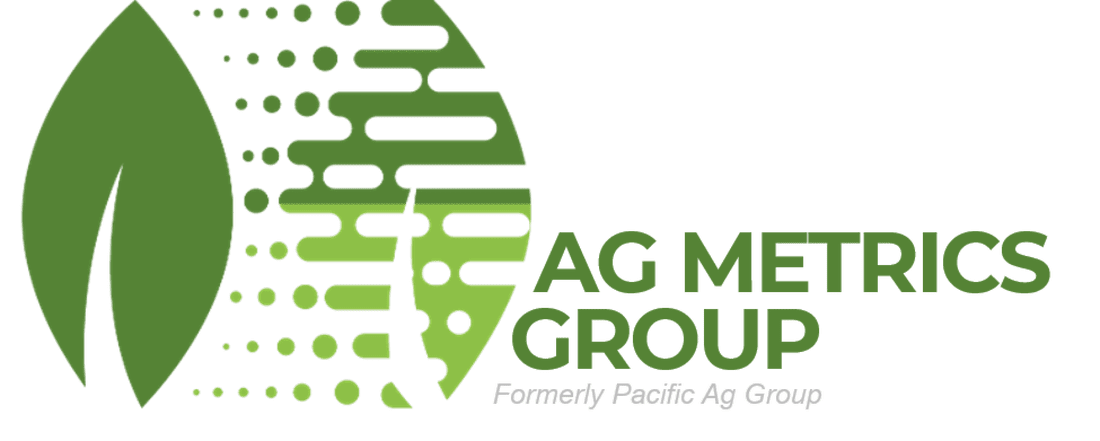|
F.V. Sances (1), B. Aglave (1), K. Williams (1), C. Boone (1), S. Sances (2), W. Schonborn (3), & E. Rosskopf (3) (1) Florida Ag Research, (2) Ag Metrics Group, (3) US Department of Agriculture (Collaboration Only) Introduction
The recurring strawberry production challenges of managing soil borne pests in commercial Florida strawberry farms have never been greater. In conventionally farmed operations, increasing regulatory pressures on remaining registered chemical soil fumigants, and the costs associated with their use are important factors that reduce the sustainability of the industry going forward. Also, while still in its infancy, organic strawberry production in Florida is now well established, and the 2022-23 season brought numerous examples of severely impacted plantings from both nematodes and soil borne diseases. To meet the demand for domestically produced winter fruit, Florida’s organic strawberry growers have limited options for soil borne pest control and have come to rely on use of new land, field site isolation, high rates of organic soil amendments, and a variety of alternative organically approved soil pest control products with varying levels of efficacy.
Metagenomic analysis of 16S and ITS sequencing data of soil microbiome. 1149 features detected across 48 samples. Dendrogram determines similarity across samples. Unsupervised clustering (colors) show sample consistency across seasonal timepoints as well as potential outliers (left samples). Processed data was derived from Mr. DNA pipeline. Final timepoint had the clearest separation in soil treatments indicating high reliability of treatment specific species detection. 2022-2023 Data Review
This presentation brings current performance data from these alternative soil management practices, which includes molecular analysis of effects of treatments to the soil food-web, effects on bedding plastics used in solar heating of soil, and a comparison of yield enhancement and pest suppression efficacy of the methods. Soil Borne Pest Control
Macrophomina and nematode control for solarized plots was improved by “over the top” and ASD methods. Sting nematode suppression in the ASD and “over the top” treatments were on par with fumigant-treated plots. ASD did have a negative effect on certain brands of clear plastic.
Soil Sample Diversity Data summaries of "stackplot" representations of abundance data from genus level. Each timepoint grouped by treatment and stacked with detectable genera diversity expressed as percent of total abundance. Top 12 out of 349 genera listed. Alternating color bands show diverse genera, thickness is percent abundance ranked from most (bottom) to least (top). EARLY SOIL SAMPLE MID-SEASON SOIL SAMPLE LATE-SEASON SOIL SAMPLE Additional research funding provided by The Florida Strawberry Growers Association Foundation and the USDA
Summary: Management of soil borne pests on commercial Florida strawberry farms has long been a challenge to growers. In recent years, this has been particularly difficult with regulatory pressures on the use of remaining chemical soil fumigants and the costs associated with their use. Also, while still in its infancy, organic strawberry production in Florida has been established by several shippers to try to meet the demand for this strawberry market segment. To provide growers with alternative non-fumigant soil pest management techniques, this project builds on previous work from these and other researchers with an on-site demonstration of Soil Solarization and Anaerobic Soil Disinfestation for the 2023 grower outreach by our collaborative groups. Click Poster to Download
|
Archives
April 2024
Categories
All
|

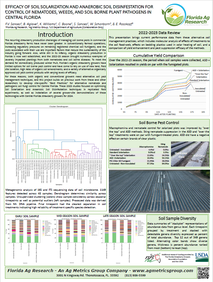
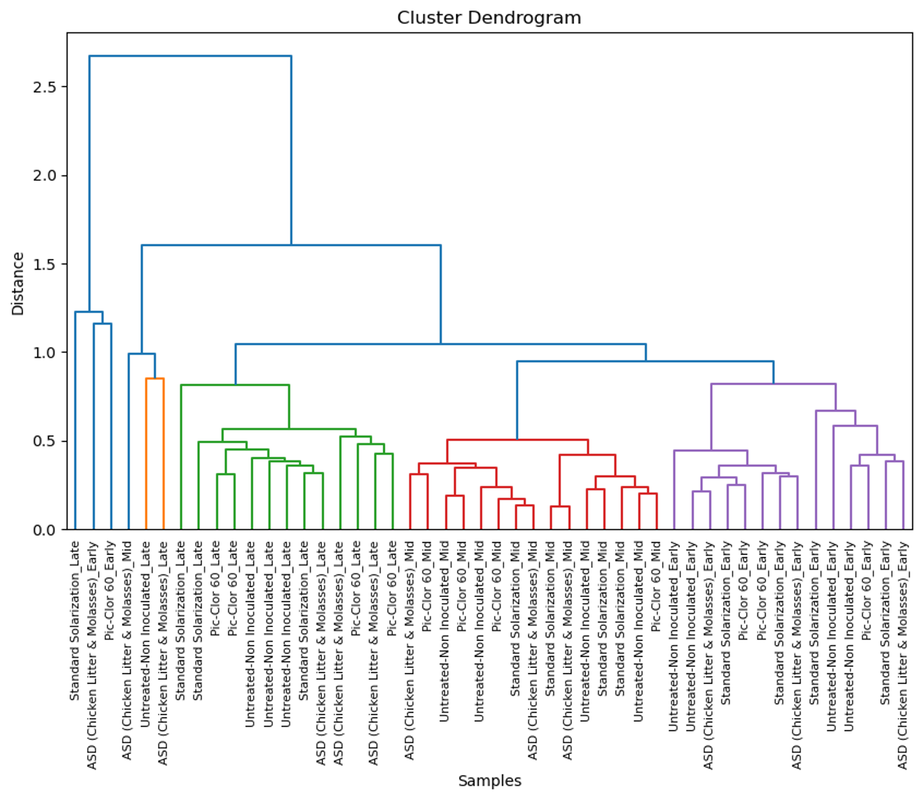
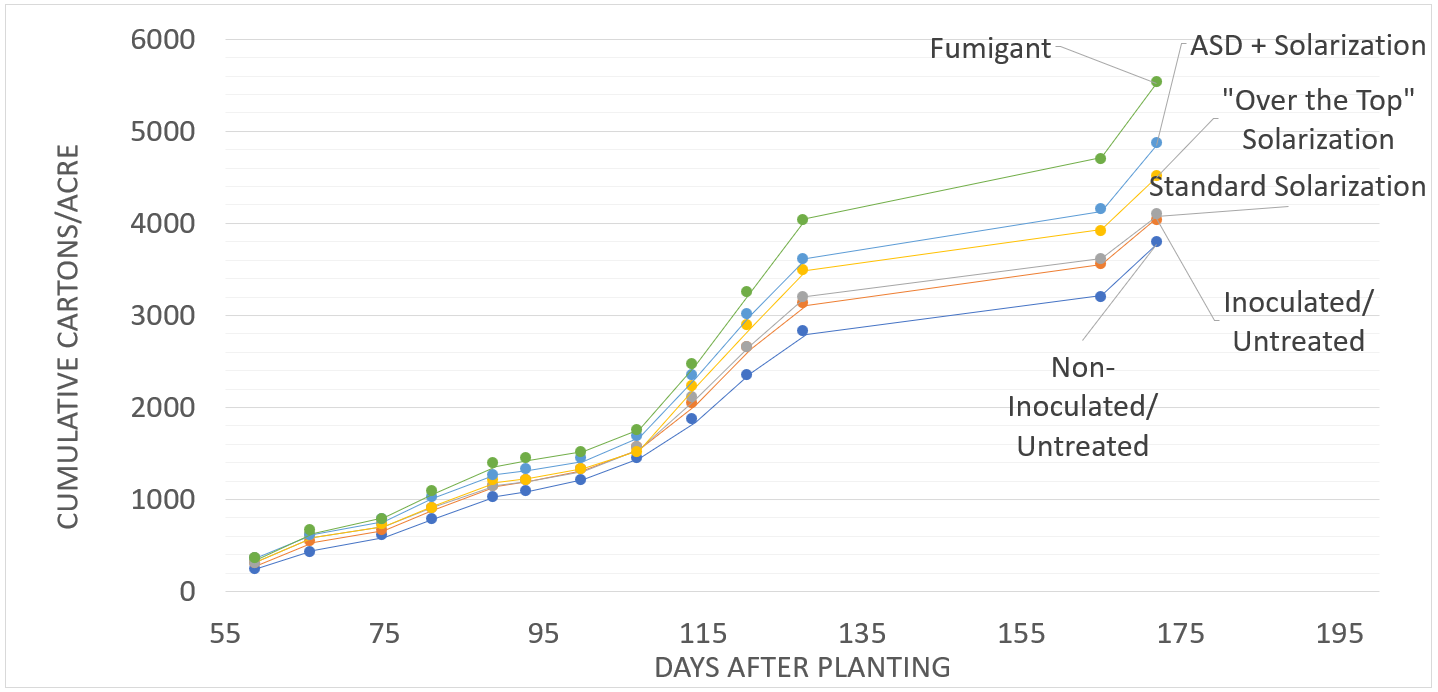

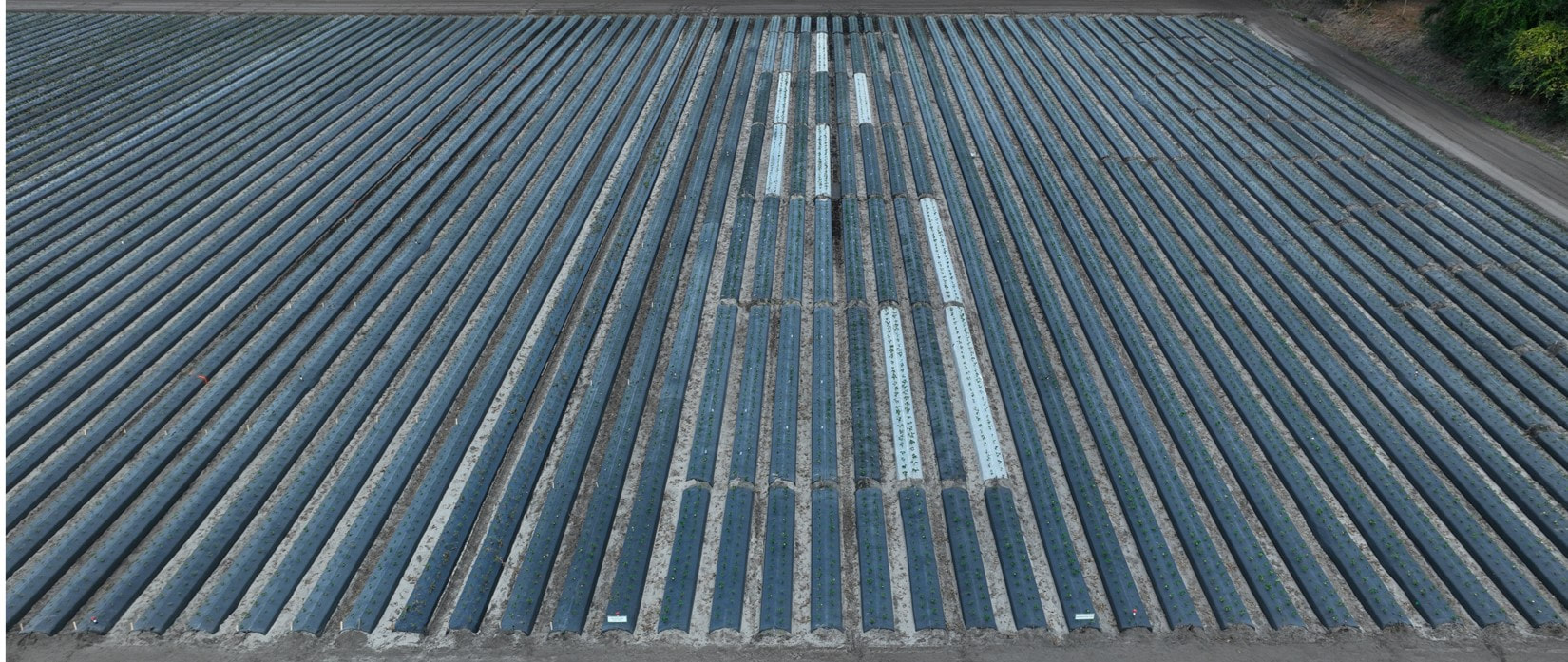
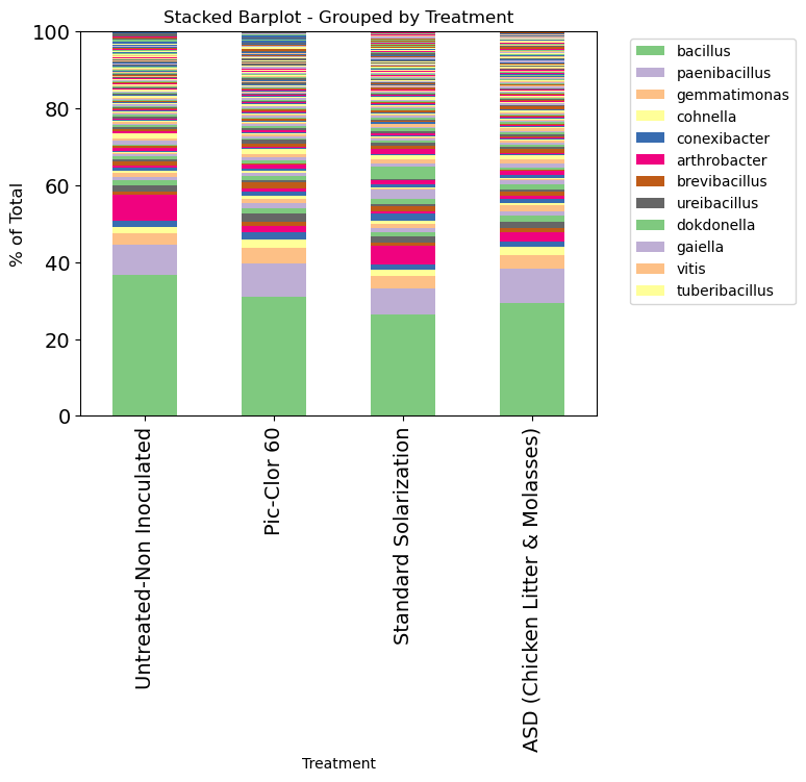

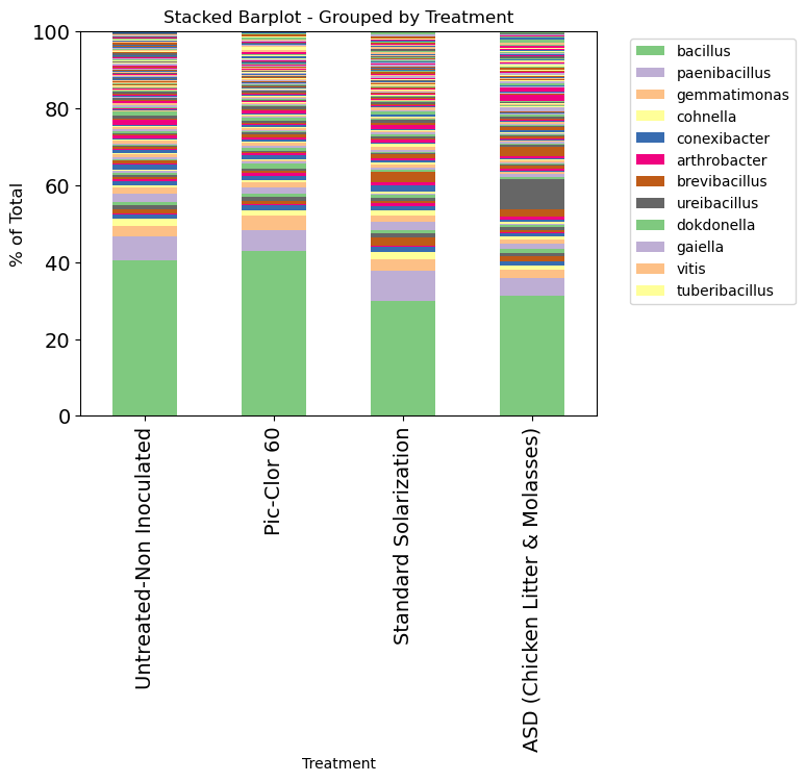


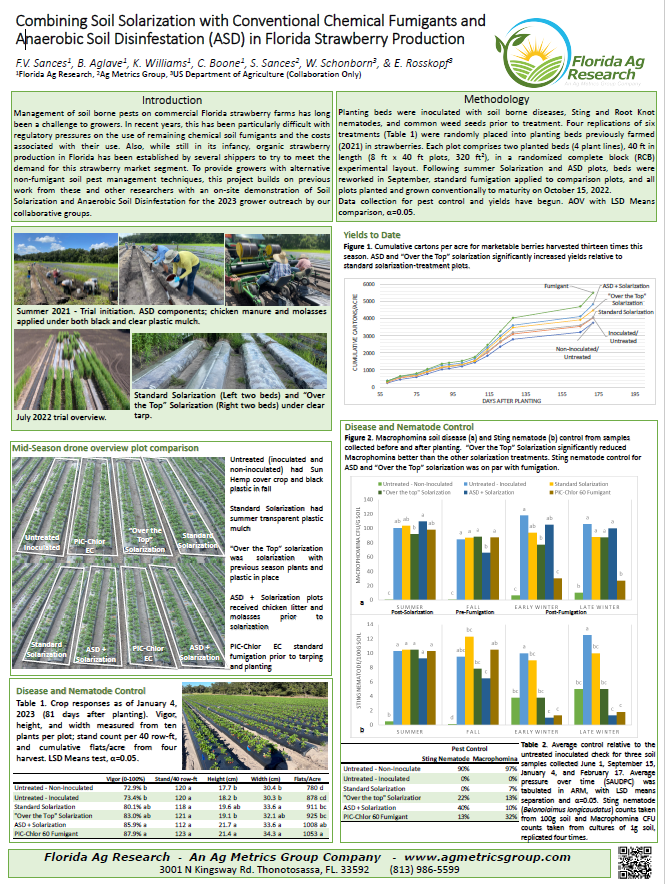
 RSS Feed
RSS Feed
